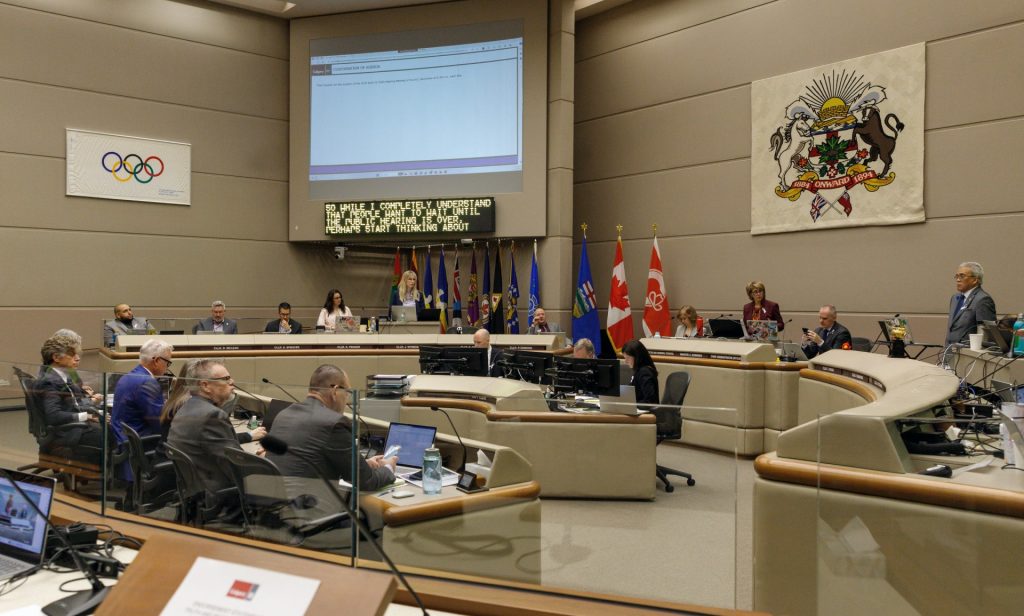Experts identify rise of COVID-19 in Calgary wastewater
Posted Apr 17, 2021 11:14 pm.
Last Updated Apr 17, 2021 11:46 pm.
CALGARY (CityNews) – The rise of COVID-19 in our city is apparent in more than Dr. Deena Hinshaw’s daily updates. Experts have been studying wastewater data for levels of the virus, and they’re seeing higher levels than ever before.
“Wastewater viral RNA is increasing consistently and has since March,” says Dr. Michael Parkins, an assistant professor in infectious diseases department at the Cumming School of Medicine at the University of Calgary, who is also working on a team that analyzes the levels.
“What we’re seeing across the board over time is increased levels of SARS CO-V-2 in our wastewater, in particular in wastewater treatment plants where we present our data in near real-time through the cummings school of medicine COVID tracker.”
The team from the University of Calgary, Alberta Health Services, and the City of Calgary are monitoring the data to predict cases and hospitalizations.
It can give some insight into cases to come about 6 days in advance. This chart is publicly available and shows a huge spike representing the levels of the virus in this third wave.
“We’re seeing more SARS CO-V-2 in the north and northeast as we have through the pandemic, as well as the southwest, said Parkins, “but every area of Calgary that we’re monitoring, everywhere is showing increases from what the baseline has been.”
This vital information has been used to focus efforts on testing in certain neighbourhoods, and shows the correlation between case numbers and when restrictions have been implemented.
“We do see that restrictions have significant effects on controlling case counts,” Parkins notes.
He adds that the data can be indicative of whether or not the current restrictions are working.
“We need stronger efforts, consistent efforts to get the variant transmission down and so it is going to continue bump along at unacceptable levels unless something shifts,” said Dr. Lynora Saxinger, an associate professor in infectious diseases at the University of Calgary.
“Looking at the healthcare side, there’s definitely a lot of people still coming through the doors, people in their 20’s, 30’s, 40’s, are coming through the door who are extremely ill, and that’s a big deal,” Saxinger said.
Dr. Parkins says this information shows Calgary may not have seen its peak in the third wave yet, as we’re still seeing a growing increase in the SARS CO-V2 levels in wastewater across the city.










